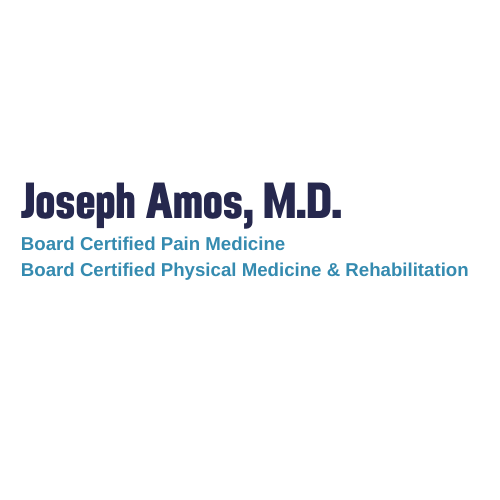Musculoskeletal/Myofascial Pain Syndrome
All of us have experienced muscle aches and know that they do not last more than a few days. Some however can develop a condition called myofascial pain syndrome where the discomfort seems to persist or worsen, often affecting sleep.
What is Myofascial Pain Syndrome?
Myofascial pain syndrome is characterized by muscle pain, spasms, and tenderness. It affects the connective tissue fascia and the muscles it envelops. The pain is usually asymmetrical and can affect a single muscle or group of muscles. Areas unrelated to the affected muscle may also become painful, a process called referred pain.
Causes of Myofascial Pain Syndrome
Myofascial pain syndrome usually develops in muscles that have been injured or overstressed by repetitive movements during sports or certain kinds of jobs. These muscles develop tight and tender areas called trigger points that when pressed cause pain throughout the muscle or referred pain in other parts of the body. Trigger points and myofascial pain syndrome are also common in those who lead stressful and anxious lives.
Diagnosis of Myofascial Pain Syndrome
Your doctor takes complete history and a physical examination is performed. Your doctor will carefully palpate the affected region to identify trigger points. Tests are performed to rule out other causes of muscle pain.
Treatment of Myofascial Pain Syndrome
Myofascial pain syndrome is usually treated by physical therapy, medications, and trigger point injections. Your doctor may recommend a combination of treatments for better symptom relief. Medications include over-the-counter pain relievers or stronger prescription drugs. Some respond well to medications that treat anxiety and depression. Your physical therapy program may include stretching, massage, heat application, ultrasound, and posture training. These activities help ease muscle tension, promote circulation and strengthen the muscles around trigger points. The trigger points may be injected with an anesthetic or steroid to alleviate pain. Some find relief with acupuncture or dry needling, procedures where needles are inserted into the trigger points or other regions of the body.
Lifestyle remedies such as getting enough rest, exercising, eating a healthy diet, and practicing relaxation techniques go a long way in helping you manage your symptoms.

